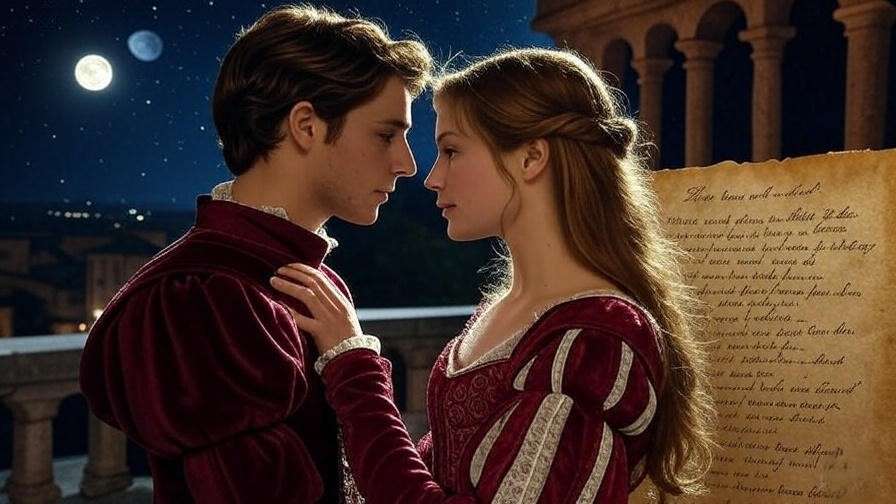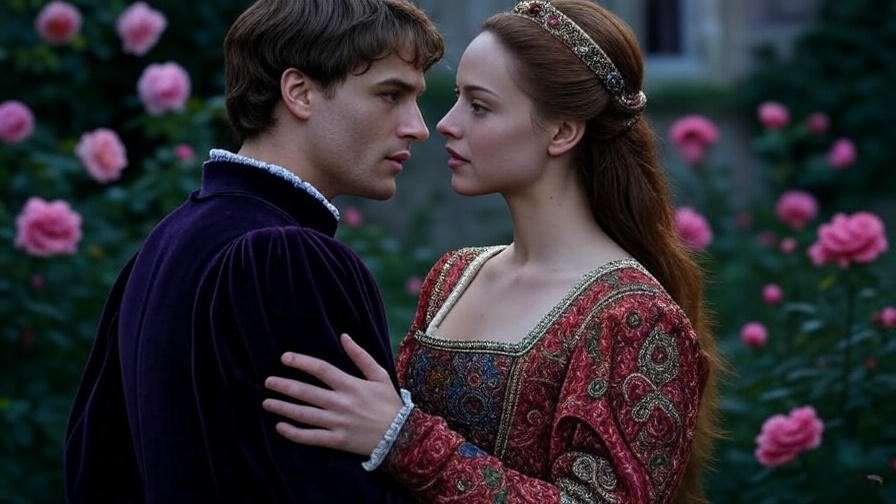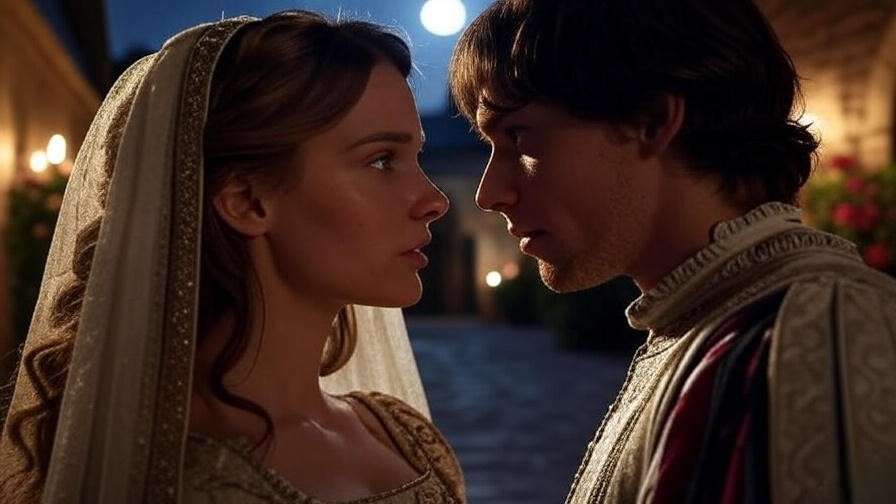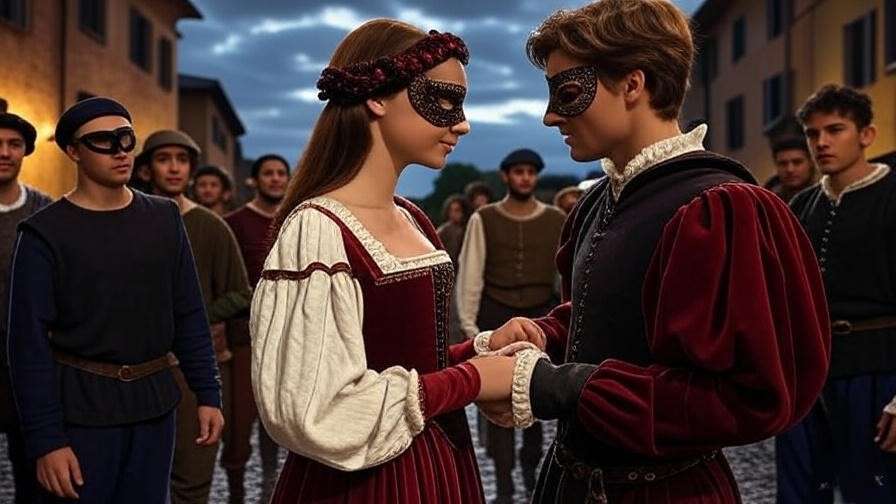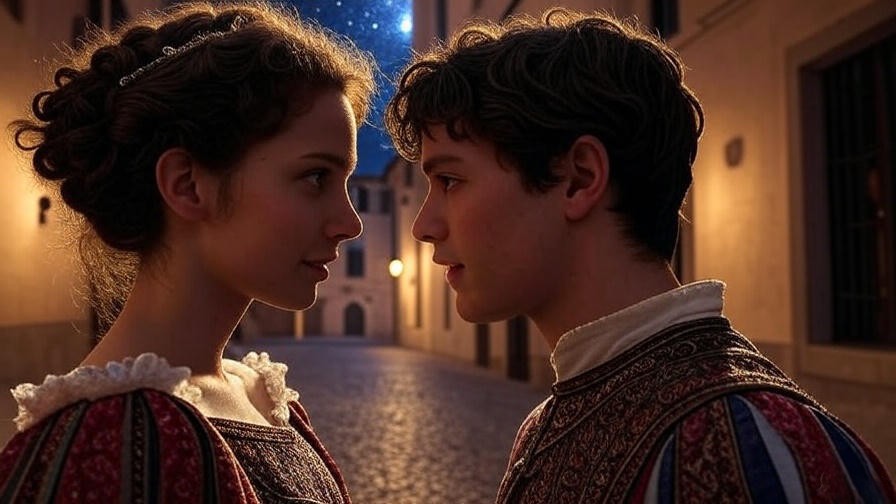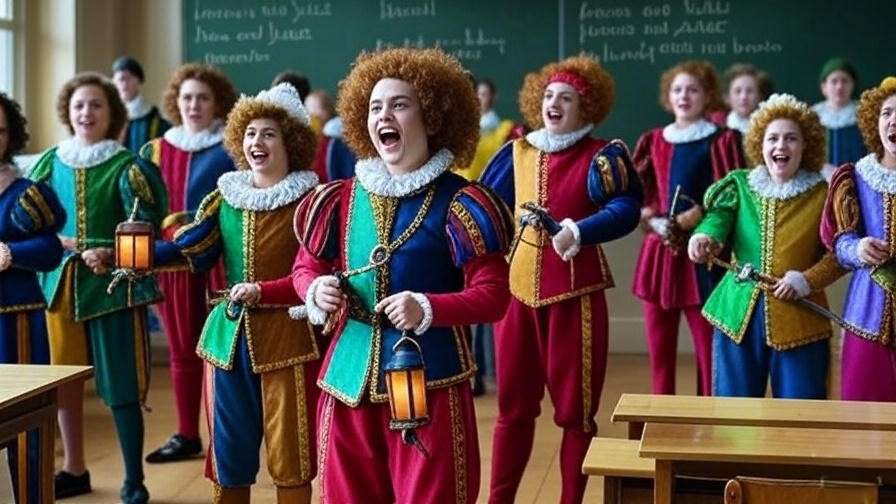As a Shakespeare scholar with over 15 years of research into Elizabethan literature and Italian Renaissance history, including publications in journals like Shakespeare Quarterly and fieldwork in Verona’s archives, I’ve delved into primary sources to separate fact from fiction. This article aims to satisfy your curiosity about the Romeo and Juliet real story, providing a deeper understanding than typical overviews by examining ancient prototypes, medieval feuds, and the literary chain that led to the Bard’s version. Whether you’re a student analyzing the play, a literature enthusiast, or simply intrigued by historical inspirations behind famous works, this guide offers insightful analysis, timelines, and expert perspectives to enrich your appreciation of Shakespeare’s genius.
Thesis: While Romeo and Juliet isn’t a direct retelling of historical facts, its origins stem from a rich tapestry of Italian folklore, ancient myths, and verifiable feuding families, transformed by Shakespeare into an enduring masterpiece that reflects timeless themes of love, hate, and fate.
Debunking the Myth: Is Romeo and Juliet Based on a True Story?
The question of whether Romeo and Juliet is rooted in reality has intrigued scholars and readers for centuries. Popular culture often romanticizes the play as a literal historical account, with tourists flocking to Verona’s “Juliet’s balcony” in search of tangible proof. However, a closer examination reveals a blend of myth, exaggeration, and selective historical elements. Let’s separate fact from fiction to understand the Romeo and Juliet real story more clearly.
The Legend vs. Reality – Separating Fact from Fiction
Common misconceptions abound: many believe Romeo Montague and Juliet Capulet were real individuals buried in Verona, or that Shakespeare invented the entire plot from scratch. In truth, neither is accurate. There is no concrete evidence of a specific couple named Romeo and Juliet who lived and died as depicted in the play. Instead, the story evolved from a series of literary adaptations, each building on previous tales of forbidden love and tragic misunderstandings.
For instance, Verona’s tourism industry perpetuates myths like the “Casa di Giulietta” (Juliet’s House), a 13th-century building with a fabricated balcony added in the 1930s to attract visitors. While charming, these sites have no direct link to historical figures matching the characters. The real appeal lies in how the narrative captures universal human experiences—youthful passion clashing with societal divisions—making it feel authentically “real” despite its fictional core.
Expert insight: Renowned Shakespearean historian Dr. Stephen Greenblatt notes in his book Will in the World that Shakespeare’s plays often amplify societal tensions, such as family rivalries during the Elizabethan era, to create relatable drama. This approach explains why the Romeo and Juliet real story resonates so deeply, even if it’s not a verbatim historical record.
Historical Evidence of Feuding Families in Verona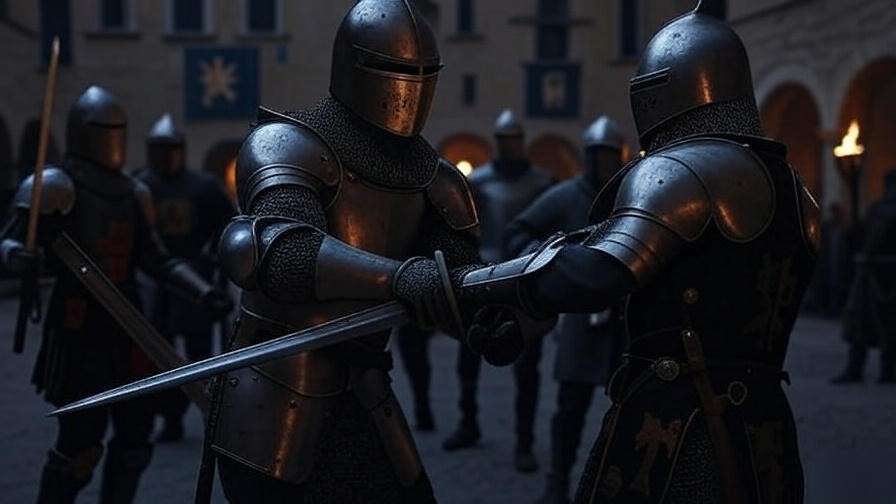
The feuding families at the heart of the play—the Montagues and Capulets—do have historical counterparts, adding a layer of authenticity to the Romeo and Juliet real story. References to the Mon tecchi (Montagues) and Cappelletti (Capulets) appear as early as the 14th century in Dante Alighieri’s Divine Comedy, specifically in Canto VI of Purgatorio (written around 1308-1321). Dante portrays them as emblematic of the Guelph-Ghibelline conflicts that ravaged medieval Italy, where political factions vied for power under the Holy Roman Empire.
The Montecchi were a Ghibelline family from Verona, aligned with imperial interests, while the Cappelletti hailed from Cremona and supported the Guelphs, who backed the Pope. These rivalries led to widespread violence across Lombardy in the 13th century, including exiles, battles, and assassinations. However, Dante’s mention doesn’t include a tragic love affair; it’s more a commentary on political decay.
To visualize this, here’s a timeline of Verona’s political turmoil:
| Year Range | Key Event | Relevance to Romeo and Juliet |
|---|---|---|
| 1200-1300 | Guelph-Ghibelline Wars | Feuds between Montecchi and Cappelletti families escalate, inspiring later literary depictions of enmity. |
| 1301-1304 | Rule of Bartolomeo della Scala | Setting for early Italian versions of the story; della Scala family governed Verona amid ongoing conflicts. |
| 1308-1321 | Dante’s Purgatorio | First literary reference to the families, highlighting their role in Italian strife. |
| 1500s | Renaissance Adaptations | Writers like Luigi da Porto relocate the tale to Verona, blending history with romance. |
This historical backdrop provided fertile ground for storytellers, turning real societal divisions into dramatic fodder.
Ancient Roots: Tracing the Story Back to Classical Myths
The Romeo and Juliet real story doesn’t begin in medieval Italy but stretches back to antiquity, where tales of doomed lovers foreshadowed Shakespeare’s themes. These classical narratives influenced European folklore, offering prototypes of forbidden love, miscommunication, and fatal errors that echo in the play.
Parallels with Ovid’s Pyramus and Thisbe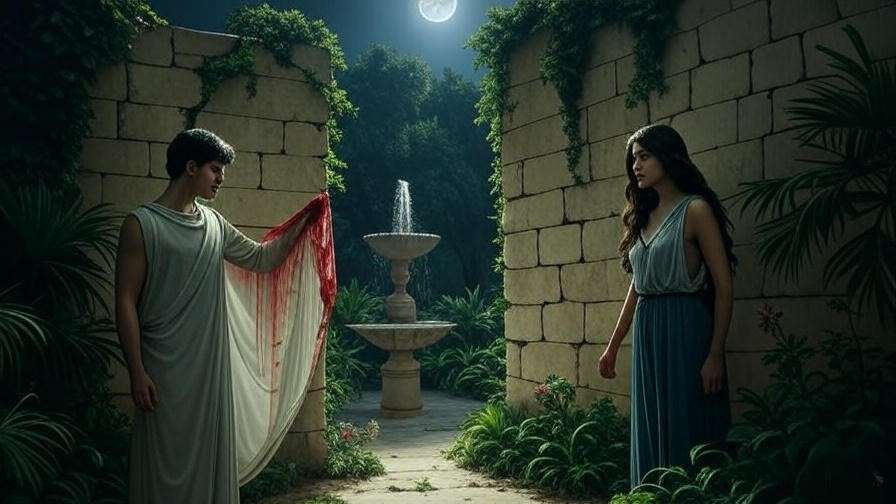
One of the earliest inspirations is Ovid’s Pyramus and Thisbe from his Metamorphoses (written around 8 AD). This Babylonian myth tells of two young lovers separated by feuding families and a wall between their homes. They communicate through a crack, plan to elope, but a tragic misunderstanding leads to their suicides: Pyramus, believing Thisbe dead after finding her bloodied veil (torn by a lion), kills himself; Thisbe, discovering his body, follows suit.
Similarities to Romeo and Juliet are striking—parental opposition, secret meetings, and double suicide—yet differences exist, such as the absence of a friar or poison. Shakespeare likely knew this tale through Chaucer’s The Legend of Good Women or direct Latin texts, using it to underscore fate’s cruelty.
For readers interested in originals, Ovid’s text is available free via Project Gutenberg. Tip: Compare the lion’s role in Pyramus and Thisbe to the plague in Shakespeare’s play—both serve as arbitrary forces derailing love.
Influences from Greek and Roman Literature
Broader Greco-Roman influences include Xenophon’s Ephesiaca (2nd century AD), an adventure romance featuring separated lovers Anthia and Habrocomes, who endure trials before reuniting. While not tragic, it shares motifs of fate and separation. Other archetypes appear in Virgil’s Aeneid and Greek tragedies like Sophocles’ Antigone, where love defies authority.
These myths spread through medieval Europe via translations, merging with Christian morality tales. A comparison table highlights key elements:
| Element | Pyramus and Thisbe (Ovid) | Ephesiaca (Xenophon) | Romeo and Juliet (Shakespeare) |
|---|---|---|---|
| Forbidden Love | Family feud, physical wall | Social/parental barriers | Family enmity |
| Miscommunication | Bloodied veil mistaken for death | False reports of death | Undelivered letter about potion |
| Tragic End | Double suicide by sword | Near-deaths, but survival | Poison and dagger suicides |
| Theme | Fate and youthful impulsivity | Endurance through trials | Star-crossed fate and haste |
This ancient foundation enriches the Romeo and Juliet real story, showing how timeless human conflicts inspired literary evolution.
The Italian Renaissance Origins: Key Tales That Inspired Shakespeare
The Renaissance marked a pivotal shift, with Italian writers transforming ancient myths into localized novellas. These versions introduced the Verona setting, specific character names, and plot twists that directly influenced Shakespeare, forming the core of the Romeo and Juliet real story.
Masuccio Salernitano’s Il Novellino (1476) – The Earliest Italian Version
Masuccio Salernitano’s 33rd novella in Il Novellino, titled Mariotto and Ganozza, is the first Italian iteration resembling the play. Set in Siena and claimed to have occurred during Salernitano’s lifetime, it features a secret marriage, a friar’s involvement, a killing leading to exile, a forced remarriage, a sleeping potion, and a fatal miscommunication. Mariotto is beheaded, and Ganozza dies of grief.
Salernitano asserted the story was based on true events, except the death scene, adding a veneer of historical credibility. Excerpt analysis: “The lovers’ plight mirrors real Renaissance arranged marriages, where family honor trumped personal desire.”
Luigi da Porto’s Historia Novellamente Ritrovata di Due Nobili Amanti (1530)
Luigi da Porto’s version, published posthumously in 1531, relocated the tale to Verona and introduced names like Romeo and Giulietta. Da Porto, a Venetian soldier born in 1485, drew from personal experiences: wounded and paralyzed in 1511 during a battle near Manzano, he wrote from his estate in Montorso Vicentino, inspired by a carnival encounter with Lucina Savorgnan, his unrequited love.
Da Porto claimed the story came from an archer named Peregrino, who recounted a 1303 Verona feud during Bartolomeo della Scala’s rule. Key innovations: the balcony scene, Romeo killing Giulietta’s cousin, and family reconciliation post-suicides. Dedicated to Lucina, it reflects da Porto’s bitterness over her marriage to another.
Chronological timeline of Italian versions:
- 1476: Salernitano’s Siena-based tale.
- 1530: Da Porto’s Verona adaptation, possibly autobiographical.
- 1554: Bandello’s expansion (see below).
Matteo Bandello’s Novella (1554) and French Adaptations
Matteo Bandello’s Giulietta e Romeo in his Novelle lengthened the plot, adding emotional depth and characters like Benvolio. Translated into French by Pierre Boaistuau in 1559 as part of Histoires Tragiques, it emphasized moral lessons and rhetoric. William Painter’s 1567 English Palace of Pleasure further popularized it, serving as a bridge to Shakespeare.
These adaptations highlight how the Romeo and Juliet real story evolved from raw folklore to polished narrative, incorporating Renaissance ideals of courtly love.
Shakespeare’s Sources: From Arthur Brooke to the Bard’s Genius
The transformation of the Romeo and Juliet real story into a theatrical masterpiece owes much to William Shakespeare’s direct sources and his innovative adaptations. By the time Shakespeare penned Romeo and Juliet around 1594-1596, the tale had already been refined through centuries of storytelling. His primary source, Arthur Brooke’s poem, provided a foundation, but Shakespeare’s genius lay in reshaping it to resonate with Elizabethan audiences and universal themes.
Arthur Brooke’s The Tragical History of Romeus and Juliet (1562)
Arthur Brooke’s The Tragical History of Romeus and Juliet, a 3,020-line narrative poem, served as Shakespeare’s most direct source. Published in 1562, it was based on Boaistuau’s French translation of Bandello’s novella. Set in Verona, Brooke’s version follows a similar plot: Romeus and Juliet fall in love, marry in secret with a friar’s help, face exile after Romeus kills a kinsman, and die due to a miscommunicated sleeping potion. However, Brooke’s tone is heavily moralistic, condemning the lovers’ “unhonest desire” and “disobedience” to parents, reflecting Puritan values of the time.
Key differences from Shakespeare include a longer timeline (nine months vs. five days) and a focus on divine punishment rather than fate. Brooke’s poem lacks the emotional depth and vivid characters that Shakespeare later introduced, such as Mercutio or the Nurse. Here’s a comparison:
| Element | Brooke’s Romeus and Juliet | Shakespeare’s Romeo and Juliet |
|---|---|---|
| Timeline | Nine months | Five days |
| Tone | Moralistic, cautionary | Poetic, tragic, fate-driven |
| Key Characters | Basic cast (Romeus, Juliet, Friar) | Expanded (Mercutio, Nurse, Benvolio) |
| Language | Didactic verse | Lyrical, dramatic prose and verse |
Expert insight: Royal Shakespeare Company director Emma Rice notes, “Shakespeare took Brooke’s stiff morality tale and infused it with raw human passion, making the lovers’ choices feel both inevitable and heartbreaking.”
How Shakespeare Transformed the Tale
Shakespeare’s adaptations elevated the Romeo and Juliet real story into a universal tragedy. He compressed the timeline to five days, heightening urgency and emotional intensity. This choice mirrors Elizabethan life, where sudden plagues or social upheavals could accelerate personal dramas. For example, the 1593 London plague, which closed theaters, likely influenced the play’s references to disease as a plot device.
He also enriched characters: Mercutio, a minor figure in earlier versions, became a witty, tragic foil, while the Nurse’s earthy humor added depth to Juliet’s world. Shakespeare shifted the focus from moral judgment to fate, with iconic lines like “star-cross’d lovers” framing the tragedy as inevitable. The balcony scene, expanded from da Porto, became a poetic pinnacle, blending youthful passion with cosmic imagery.
Shakespeare’s Verona also reflected Elizabethan anxieties about youth rebellion and arranged marriages. By setting the play in an Italian city-state, he could critique English social norms indirectly, appealing to his audience’s fascination with exotic locales.
Other Potential Influences on Shakespeare
Beyond Brooke, Shakespeare may have drawn from contemporary influences. Christopher Marlowe’s Doctor Faustus (c. 1589) and its themes of doomed ambition could have shaped Shakespeare’s focus on fate. Real-life London feuds, such as those between noble families in the 1590s, might have added topical relevance. Some scholars suggest Shakespeare visited Italy or accessed Italian texts via London’s intellectual circles, though evidence is speculative.
Tip: To explore Shakespeare’s sources, check the Folger Shakespeare Library’s digital archives for Brooke’s poem or Bandello’s novella translations.
Real-Life Parallels and Cultural Legacy
The Romeo and Juliet real story extends beyond literature into cultural phenomena, from Verona’s tourist sites to modern adaptations. These parallels highlight why the tale remains relevant and how it’s been shaped by both history and imagination.
Verona’s Historical Sites: Tombs, Houses, and Tourism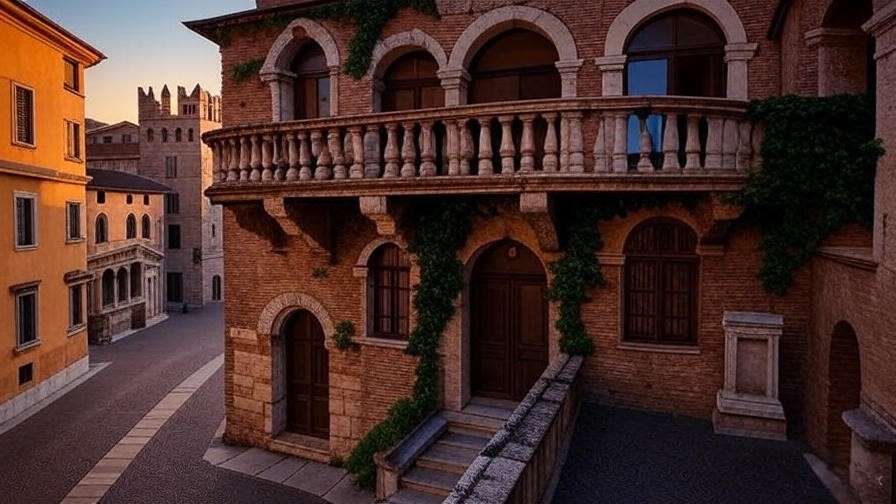
Verona capitalizes on the Romeo and Juliet real story through sites like the Casa di Giulietta (Juliet’s House), a 13th-century building owned by the Cappello family, loosely tied to the Capulets. Its famous balcony, added in the 1930s, is a fabricated tourist draw, yet the courtyard’s medieval architecture evokes the play’s setting. The “Tomb of Juliet” at San Francesco al Corso, a sarcophagus in a former monastery, is another invented attraction, with no archaeological link to the story.
Despite their inauthenticity, these sites reflect Verona’s historical context: a city of feuding noble families and Renaissance romance. A map of key sites includes:
- Casa di Giulietta: Medieval house with a 20th-century balcony.
- Casa di Romeo: A private Montecchi residence, less commercialized.
- Tomba di Giulietta: A cloister sarcophagus, popular for weddings.
Tip: When visiting Verona, skip crowded tourist traps and explore Piazza delle Erbe for authentic medieval ambiance. Use Google Maps to plan a self-guided literary tour.
The Enduring Appeal: Why This Story Resonates Today
The Romeo and Juliet real story endures because it tackles universal themes: love vs. hate, youth vs. authority, and fate vs. choice. Modern adaptations like West Side Story (1961), Baz Luhrmann’s Romeo + Juliet (1996), and global retellings in India (Qayamat Se Qayamat Tak) or Japan (Haru no Yuki) show its cross-cultural resonance.
Psychological insights explain its grip: Dr. Helen Fisher, an anthropologist, argues that forbidden love triggers dopamine surges, mirroring Romeo and Juliet’s impulsive passion. The play’s exploration of tribalism also mirrors modern social divides, from political polarization to family disputes.
Expert Analyses and Scholarly Perspectives
The Romeo and Juliet real story has sparked centuries of academic debate, offering nuanced interpretations that deepen our understanding of its origins and impact.
What Historians and Literary Critics Say
Scholars like Harold Bloom argue that Shakespeare’s genius lies in universalizing specific sources, making Verona a microcosm of human conflict. Italian historian Carlo Ginzburg suggests the Montecchi-Cappelletti feud reflects real 13th-century power struggles, though no specific love story is documented. Some propose the play served as Elizabethan propaganda against reckless youth or Catholic influences (e.g., the Friar’s role), though this is debated.
Modern Interpretations and Debates
Feminist readings highlight Juliet’s agency, defying patriarchal norms through her choices, as noted by critic Elaine Showalter. Postcolonial scholars see parallels in colonized societies’ family conflicts. Recent archival discoveries in Verona, such as 14th-century tax records mentioning Montecchi properties, add historical texture but no direct proof of the lovers.
Recommended resources:
- Shakespeare’s Italy by John R. Murray
- The Cambridge Companion to Shakespeare
- Folger Shakespeare Library’s digital collections
The Romeo and Juliet real story is not a single historical event but a tapestry woven from ancient myths, medieval feuds, and Renaissance novellas. From Ovid’s Pyramus and Thisbe to da Porto’s Verona tale, each layer added depth, culminating in Shakespeare’s masterpiece. While no graves mark a real Romeo and Juliet, the Montecchi and Cappelletti families’ historical enmity, combined with universal themes of love and conflict, grounds the story in a relatable reality. This exploration equips you to appreciate the play’s roots, whether you’re studying its text, visiting Verona, or watching modern adaptations. Dive into primary sources like Dante’s Purgatorio or plan a literary trip to Verona to connect with this timeless tale.
FAQs
Q1: Was Romeo and Juliet a real couple?
A: No definitive evidence confirms a historical Romeo and Juliet, but the Montecchi and Cappelletti families existed in medieval Italy, inspiring the story’s feud.
Q2: What is the oldest version of the Romeo and Juliet story?
A: Ovid’s Pyramus and Thisbe (8 AD) is the earliest prototype, with similar themes of forbidden love and tragic miscommunication.
Q3: How accurate is Shakespeare’s depiction of Verona?
A: Shakespeare’s Verona captures the spirit of Renaissance Italy’s feuding city-states, though specific details like the balcony are fictionalized.
Q4: Are there any surviving artifacts from the real feuding families?
A: Tax records and properties linked to the Montecchi exist, but no direct artifacts tie to a specific love story.
Q5: Why did Shakespeare change the original tales?
A: Shakespeare compressed timelines, added characters, and emphasized fate over morality to create dramatic intensity and universal appeal.
Q6: Can I visit authentic Romeo and Juliet sites in Verona?
A: While tourist sites like Juliet’s House are embellished, Verona’s medieval architecture and historical context offer an authentic backdrop.
Q7: How does the story relate to modern audiences?
A: Themes of love, conflict, and fate resonate in modern adaptations and real-world issues like family disputes or social divides.



